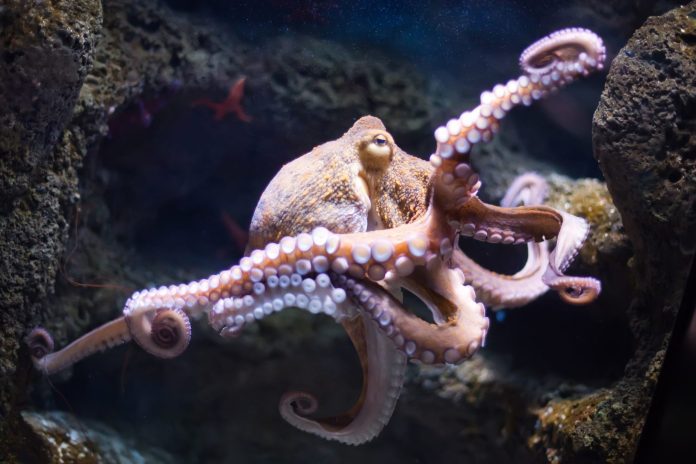The Linux Foundation’s EdgeX Foundry looks to bring component interoperability to industrial internet of things edge computing components
LAS VEGAS–Much like William Faulkner’s character Vardaman, who famously said in As I Lay Dying, “My mother is a fish,” the internet of things is an octopus.
A real head-scratcher right? I’ll let Andy Rhodes, Dell executive director of IoT solutions, explain.
“An octopus has its eight tentacles and the suckers on the tentacles represent the sensors,” Rhodes said during a plenary session at Dell EMC World. “They’re bringing the data into the octopus. Actually, the octopus has nine brains. It has a brain in each of those tentacles. It found it couldn’t send the information to its brain fast enough.”
So, “The whole IoT architecture is actually based off the octopus,” Jeremy Burton, Dell CMO, added. “I guess a million years of evolution can’t be wrong.”
Crystal clear, no? OK, I’ll provide some context. Edge computing, or fog computing if you like, and cloud computing are both integral parts of handling the massive amount of data produced by IoT devices. Depending on the particular use case and customer needs, some of that data can be processed at the edge in a gateway device, or transferred to the cloud for analytics.
The octopus is the “spirit animal,” as Rhodes put it, of the Linux Foundation’s EdgeX Foundry, which was launched last month at the Hannover Messe event in Germany. EdgeX Foundry is an open source approach to create unified interoperability among edge components geared toward industrial IoT applications.
Dell provided some 125,000 lines of code to seed the project; the code was developed internally under the moniker FUSE. At the time of its launch, EdgeX Foundry had 50 member companies.
Linux Foundation Executive Director Jim Zemlin said the new consortium “is aligning market leaders around a common framework, which will drive IoT adoption and enable businesses to focus on developing innovative use cases that impact the bottom line. Success in the internet of things is dependent on having a healthy ecosystem that can deliver interoperability and drive digital transformation.”

